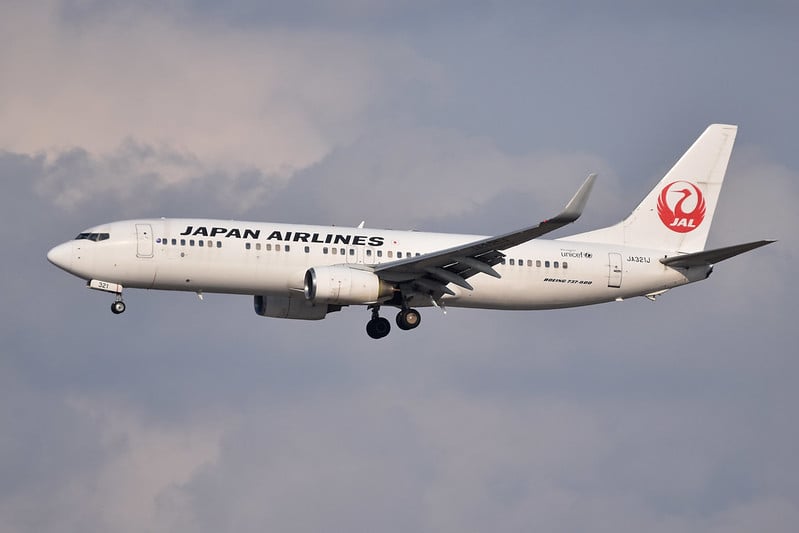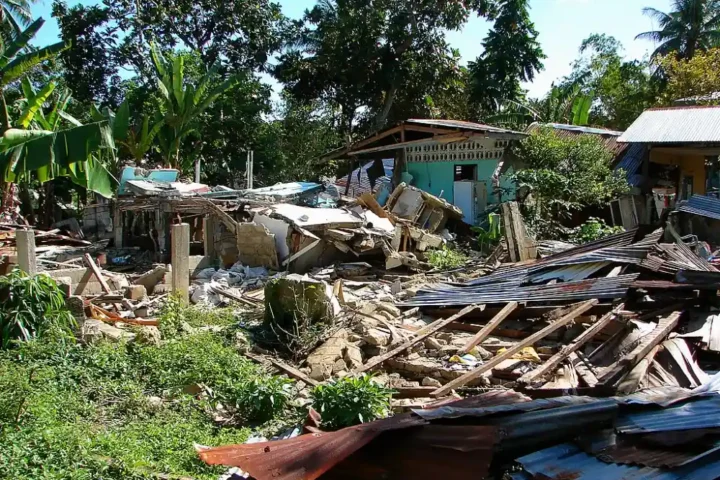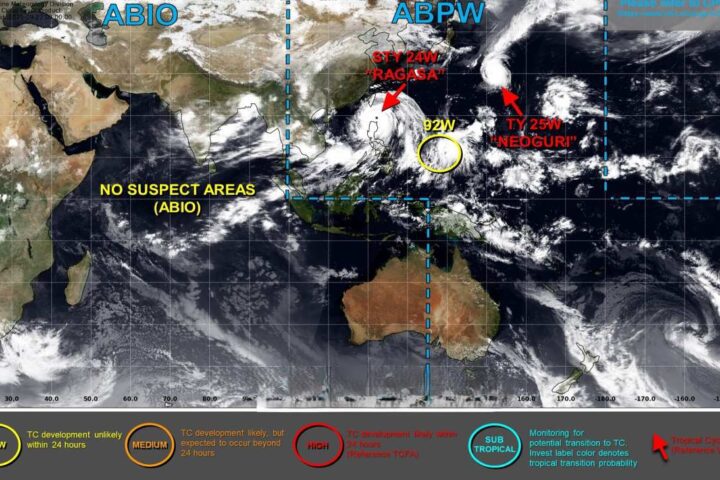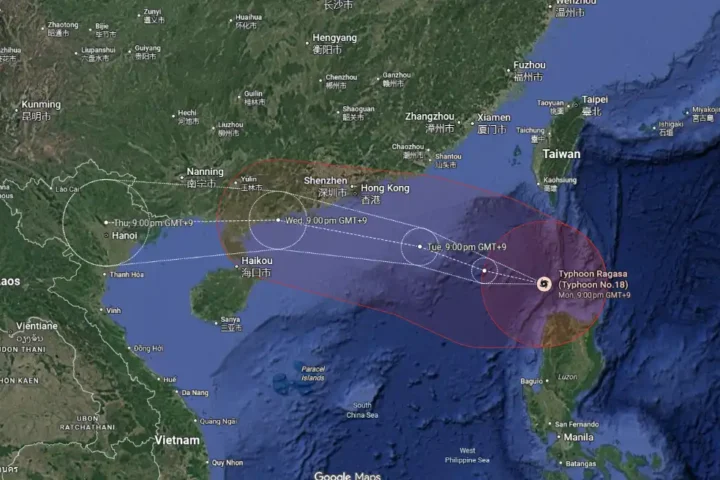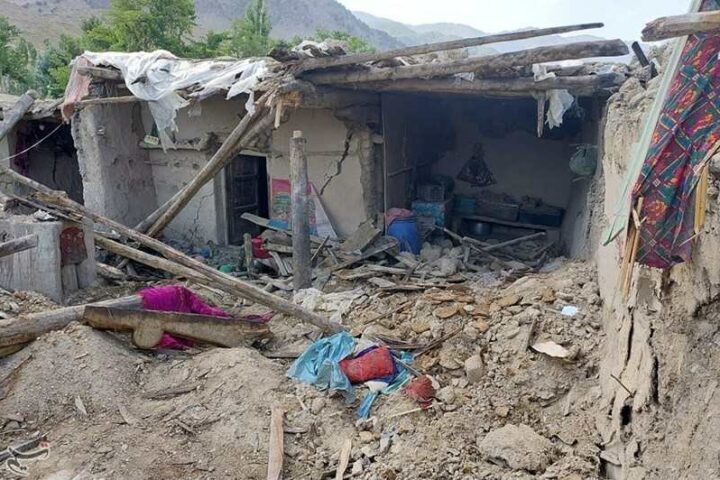A routine flight turned into a nightmare for 191 passengers and crew aboard Japan Airlines Flight JL8696 on June 30, 2025. The Boeing 737-800 aircraft, operating under a codeshare agreement with Spring Japan, suddenly plummeted approximately 26,000 feet in less than 10 minutes, triggering oxygen masks to drop and passengers to fear for their lives.
“I heard a muffled boom, and the oxygen mask fell off in a few seconds. The stewardess cried and shouted to put on the oxygen mask, saying the plane had a malfunction,” one passenger recalled of the terrifying experience.
The aircraft was cruising at around 36,000 feet when it rapidly descended to just under 10,500 feet at approximately 6:53 p.m. local time. The flight, which departed from Shanghai Pudong Airport bound for Tokyo Narita Airport, was forced to divert to Kansai International Airport in Osaka, Japan, where it landed safely at 8:50 p.m.
Japan’s Ministry of Land, Infrastructure, Transport and Tourism confirmed that an alert indicating an abnormality in the aircraft’s pressurization system triggered the emergency. The cabin pressurization system is critical on commercial aircraft, allowing passengers to breathe normally at high altitudes where the air is too thin to sustain human life.
In modern Boeing 737 aircraft, the pressurization system works by taking bleed air from the engine compressors, cooling it, and pumping it into the cabin. An outflow valve regulates how much air exits the aircraft, maintaining proper cabin pressure. When this system malfunctions, rapid altitude changes may be necessary to reach air that’s breathable without supplemental oxygen—typically below 10,000 feet.
Some passengers were so convinced they might not survive that they wrote farewell notes. One terrified passenger described being “on the verge of tears” as they hastily wrote their will and penned details of their insurance and bank card PINs. Videos captured inside the cabin show visibly shaken passengers clutching oxygen masks while flight attendants attempted to maintain order.
Similar Posts
Though Japan Airlines clarified that a “rapid decompression did not occur,” oxygen masks were deployed as a precautionary measure due to the potential for decreased cabin pressure. The incident has been classified as a “cabin pressurization system abnormality” rather than a more severe decompression event.
The emergency comes amid growing concerns about Boeing’s safety record following several high-profile incidents in recent years. Since January 2024, Boeing has faced intense scrutiny after a door plug detached from an Alaska Airlines 737 MAX 9 in mid-flight, and reports of a fatal crash involving a Boeing 787 Dreamliner on the Ahmedabad-London route last month.
For the Boeing 737-800 model specifically, pressurization system issues are not uncommon. Airlines including United, Alaska, and Delta have reported similar incidents requiring emergency descents in recent months, though most land safely without injuries.
After landing safely in Osaka, Spring Airlines Japan offered each affected passenger 15,000 yen (approximately $104) as transportation compensation and one night’s accommodation. The aircraft involved, registration JA06GR, was built in June 2017 and had completed 28 flights in the 30 days before the incident.

Japan’s Transport Safety Board has launched an investigation to determine the precise cause of the pressurization system malfunction. While no physical injuries were reported, the psychological impact on passengers was significant, with many describing severe distress during the ordeal.
This incident highlights the critical importance of proper aircraft maintenance, rigorous safety protocols, and effective crew training in emergency procedures. The pilots’ quick response in initiating an emergency descent and diverting the aircraft likely prevented what could have been a much more serious situation.
